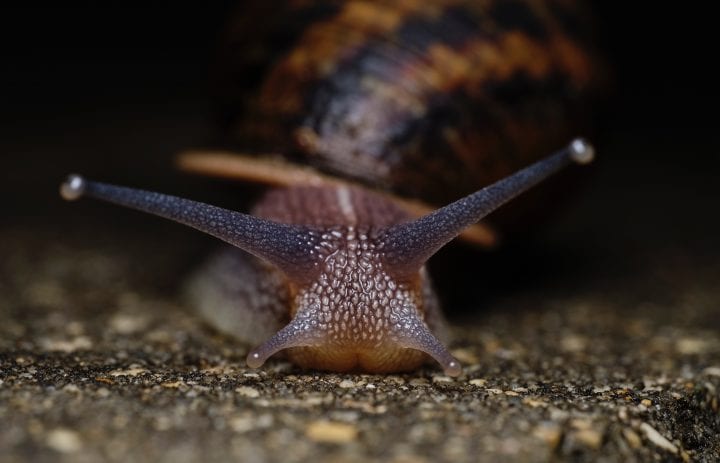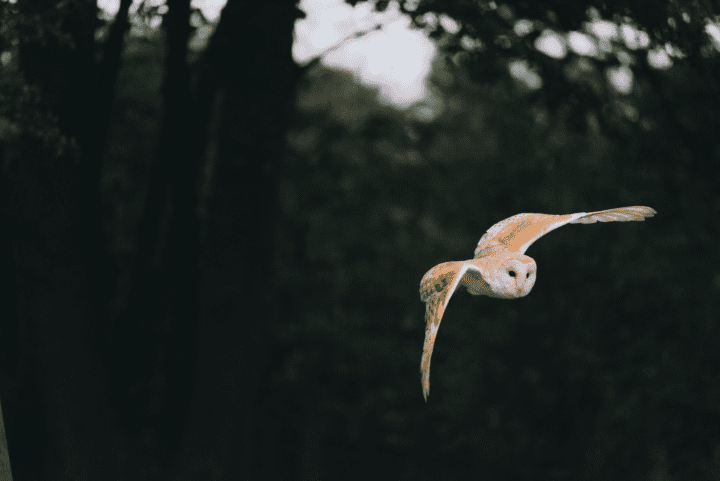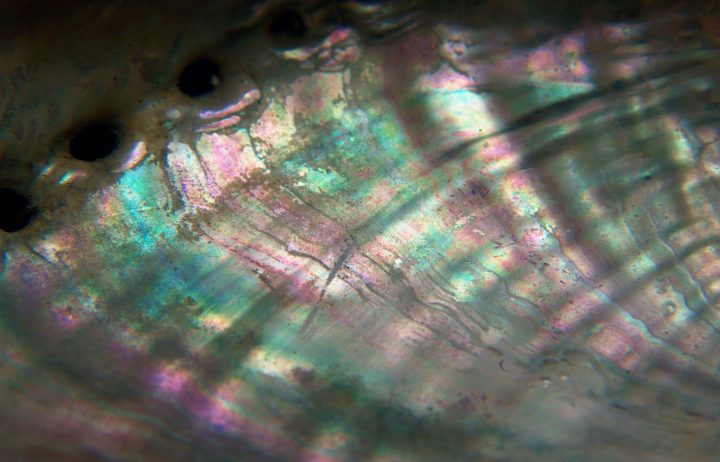Winged drone from Swiss Federal Institute of Technology Lausanne changes the shape of its tail and wings to enhance inflight agility.
Benefits
- Improved stability
- Improved mobility
- Reduced power usage
Applications
- Security
- Surveillance
UN Sustainable Development Goals Addressed
-

Goal 9: Industry Innovation & Infrastructure
The Challenge
Winged drones often use their wings to propel themselves forward and control movement. The wings have to be in a certain orientation in order to move forward, meaning they lose some control over their movements while flapping. Unfortunately, this means these winged drones are unable to make quick turns or motions while propelling themselves forward.
Innovation Details
The winged drone has a feathered tail that morphs with the action of the wing to control flight, similar to a northern goshawk. The adaptive tail and wing combination allows the drone to have fine-tuned control over its motions. The drone uses propellers for forward thrust instead of using its wings for both propulsion and control.
Biological Model
Northern goshawks move their wings and tail simultaneously to control flight. This enables fast flight while chasing prey, but also helps to save energy while the bird is gliding.





